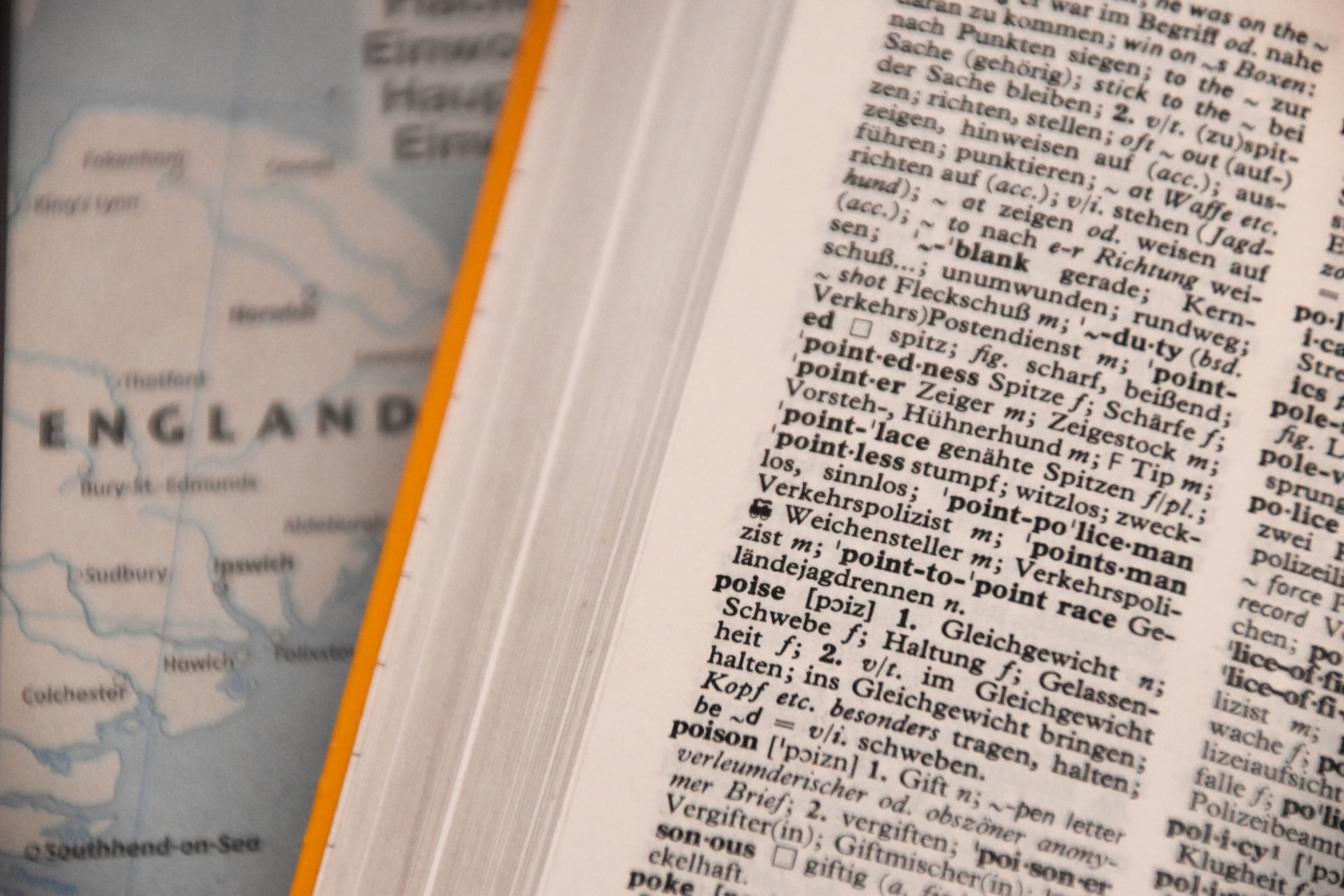International travel planning is a must these days. Traveling abroad is an adventure, but make no mistake about it: You’ve got to be prepared.
This is truer now than ever in the COVID era, when different countries pose different risks. Furthermore, new variants are making future travel as unpredictable as it has been since early 2020.
But that doesn’t mean you should avoid foreign travel altogether (except in places where medical experts advise against it). You just have to know what you’re likely to face in your destination and what challenges you might encounter getting there.
International Travel Planning: Preparing for Your Trip
International travel planning requires a little more patience than planning for a domestic trip. Don’t forget to get a check-up, build a budget, pack the essentials — and (of course) learn the language with the help of a language translation app!
1. Get a Check-Up
The CDC recommends you make an appointment with your physician or a travel health specialist at least a month before you plan to depart. Don’t wait to get a check-up on the books. You never know how busy your healthcare provider might be or how far out you’ll need to schedule an appointment, so make one as soon as you know when you plan to leave.
Consult on any medical conditions you have and how they may interact with the environment where you’re going. Allergies and asthma are a couple of examples. You don’t want to wind up somewhere that triggers severe allergic reactions, or with poor air quality that might contribute to breathing problems.
You’ll also want to be aware of any illnesses that may be problems in specific areas you plan to travel. Some places pose a greater risk for malaria or yellow fever, for example, and may even require vaccinations in order to enter the country. Be sure you’re up to date on routine vaccinations, as well as the COVID vaccine.
Also, different countries have different travel restrictions, ranging from COVID testing requirements within a specific date of arrival to health insurance requirements and bans on travel from certain countries. Check on your planned destination to make sure it’s safe to travel there and what’s required for you to do so.
2. Build a Budget
Set a realistic budget for your trip, and start setting aside money well before you leave. Know that costs may change before you, and give yourself a cushion. Airfares are rising and so are gas prices.
One of the most important international travel planning tips is building a budget.
You should also research the exchange rate and how to pay for products and services at your destination. The Federal Reserve has a table of exchange rates that shows current rates and which way they’re headed. Have some cash on hand in local currency; you can typically obtain some at your local bank before you leave.
Plastic is typically a great option because it reduces fraud liability, but some companies charge a fee of 1% to 3% for using credit cards abroad. So, check with your card issuer before you go. You’ll also need to let them know you’ll be traveling so your purchases don’t get flagged and your card doesn’t get canceled.
If you need a credit card but don’t have the best credit history, consider getting a secured card. In exchange for a deposit, you’ll receive a line of credit. As an added bonus, you’ll also build your credit as you use the card and make your payments on time.
3. Learn the Language
Communication is important, and when in Rome (or anywhere else a different language is spoken), it’s a good idea to learn how to understand others and be understood yourself.
Where’s the restroom? How much does this cost? Can you tell me how to get to my next destination? These are all questions you should know how to ask – and you’ll need to be able to understand the answers.
You can get a handle on some basic words and phrases by looking in surprising places (like Netflix, YouTube, and podcasts) or even by listening to music. You won’t be able to learn any language overnight, so take a translation app like Vocre with you. It’s the no. 1 voice translation mobile app for Android and iOS phones.
4. Don’t Forget to Pack
Different kinds of trips require different methods of packing — especially when it comes to international travel planning. If you’re driving over a land border, you’ll probably be able to take more than you will if you’re flying overseas, for example.
Determine how much room you’ll have and map out a list of items, beginning with necessities first, followed by the stuff you just want to take for convenience or fun. Consider the climate where you’re going (do you need a sweater, sunscreen, or both?). And don’t forget important legal documents, such as your medical insurance and prescription information, as well as personal protective equipment like masks and antibacterial wipes.
Speaking of masks, more than 80% of countries require masks. Even if you don’t need one to get into a foreign country, you’ll have to have one in order to get back into the United States.
If you don’t have a passport, get one as soon as possible. There are also ways to get a passport quickly, but some countries require your passport to be valid for a minimum of three to six months (or longer) before you’ll be allowed to enter. You may also need extra documentation, such as a letter of consent from the second parent in the event a child is traveling with only one parent.
5. Prepare for Emergencies
The first rule of emergency preparedness for travelers is simple: Always have a first aid kit on hand. From minor injuries to more serious medical emergencies, a well-stocked kit is bound to come in handy. You can buy one or compile it yourself using an online checklist. The Red Cross is a good place to start.
Depending on what type of trip you’re taking, there are other kits you may need. For example, if you’re road-tripping across Europe, follow this road trip checklist to make sure you have everything you need to make the trek.
6. Open your mind
Part of the point of traveling abroad is seeing – and appreciating – how the rest of the world works. By keeping an open mind, you’ll be able to experience other cultures to their fullest.
As Mark Twain once said, “Travel is fatal to prejudice, bigotry, and narrow-mindedness, and many of our people need it sorely on these accounts. Broad, wholesome, charitable views of men and things can not be acquired by vegetating in one little corner of the earth all one’s lifetime.”
By Molly Barnes, Digital Nomad Life





